We're all familiar with chocolate, as a flavor, a food, and in some cases, and obsession (see: me). But when you're looking at the back of a chocolate bar wrapper, you may find yourself wondering 'what is soy lecithin?'
I remember the first time I was tasked with reading the ingredients on my favorite chocolate bars; it was in each one of them. I just kept seeing it everywhere after that, and a few years later I began noticing more companies using sunflower lecithin in chocolate.
Over the years, it's only become more common to see lecithin used in foodstuffs from vegan cookies to your favorite chocolate bar. So I set out on a mission to understand why lecithin is in chocolate and whether or not it's something we should avoid. The answer may surprise you, in this long-overdue post.
Disclaimer: this article is provided for information only. I urge you to speak with your doctor or a licensed medical professional to assess whether or not you should take lecithin for medical reasons.
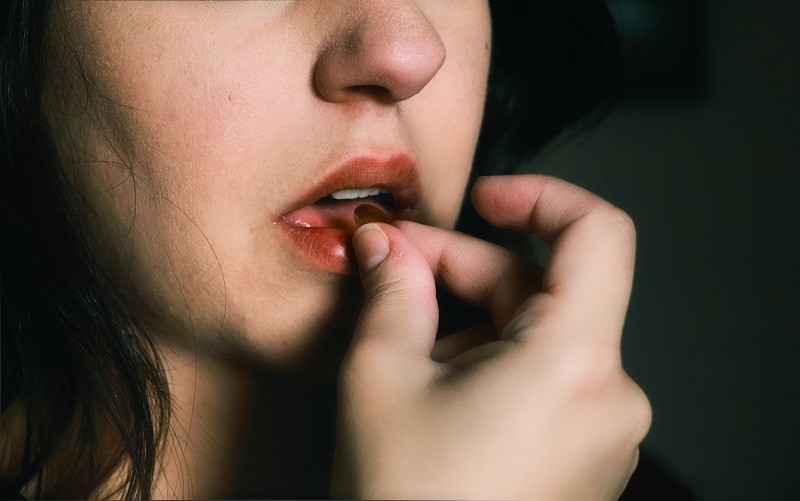
Jump To
What is Soy Lecithin?
Soy lecithin is soy-derived lecithin, a brownish-yellow substance which is made up of phospholipids linked to choline. It's found in animal tissues (including eggs) as well as some plants, most notably soy, sunflower, cottonseed, and rapeseed. The etymological origin of 'lecithin' is actually Greek, coming from the word lekithos, which means egg yolk.
To extract lecithin from a plant, its seeds are dried and then crushed, and then mixed with hexane to extract the lecithin. The mixture is then heated and filtered to remove the hexane, and sometimes bleached before drying or packaging the substance.
Soy lecithin is widely used for two purposes: medical and culinary. Medical soy lecithin is taken orally to treat conditions such as high cholesterol and choline deficiency, but it may also help with cognition and stabilizing mood.
The substance is also a potent emollient, meaning that it softens and soothes the skin, much like oatmeal or honey, which is why you'll also often see it as an ingredients in natural lotions. However, the amount of soy lecithin needed to make lotion or address medical concerns is far greater than any amount you'd find in chocolate.
You can actually buy soy lecithin pretty easily, in either liquid or granule form, depending upon how you want to use it. For most food and cosmetic applications, the liquid form is preferred because of its more precise measurement.
But no matter what form of it you use, soy lecithin is an emulsifier, meaning that it keeps substances less viscous and smoothly-flowing— a quality you might want in something like chocolate.
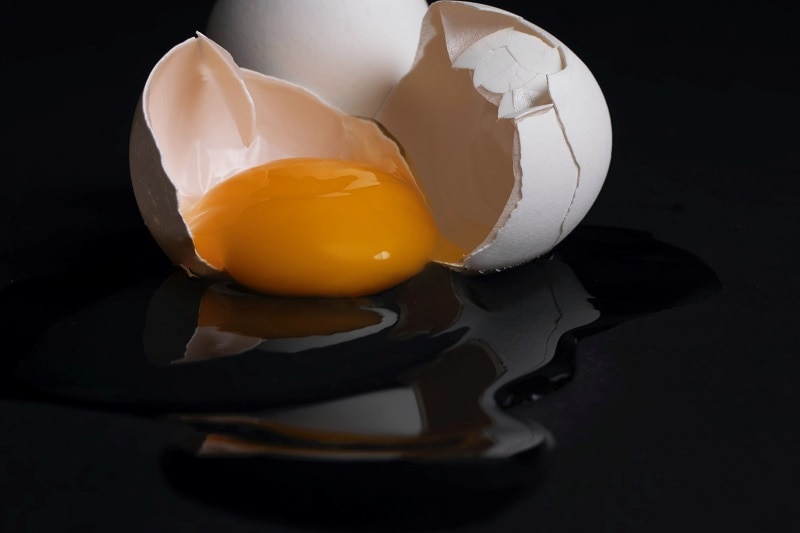
Why is Lecithin in Chocolate?
Companies add lecithin to chocolate to address the issue of viscosity. That is, to make chocolate less viscous, meaning more easily pourable without losing any of its density. Lecithin takes the place of added cocoa butter, which is not only expensive but has other non-food uses, so lessening dependence upon it makes more money for companies in the end.
But keeping a stable viscosity is also important because chocolate makers need to be able to pour chocolate from refining machines into tempering machines quite quickly, before it cools down and hardens in the machines.
But why add lecithin to chocolate in the first place? Hadn't we been making chocolate for centuries before lecithin came along? Well, yes. But nowhere near this scale.
Modern chocolate making has reached the level of thousands of pounds per hour in industrial settings, and all that chocolate needs to move around on-time and at-cost. And remember what I said before— lecithin is used in much smaller quantities in chocolate.
There's even a 0.5% legal maximum for lecithin content in chocolate. That legal limit is almost self-regulated, however, as adding too much lecithin to chocolate can actually have the opposite effect, thickening the liquid to the point that it's unusable, and probably not very tasty.
Strangely, though, makers actually have to use more sunflower lecithin to have the same effect as with soy lecithin in chocolate, because for some reason, soy lecithin is effective to the degree that I don't know of any maker who needs to use more than 0.1% soy lecithin in any of their chocolates.
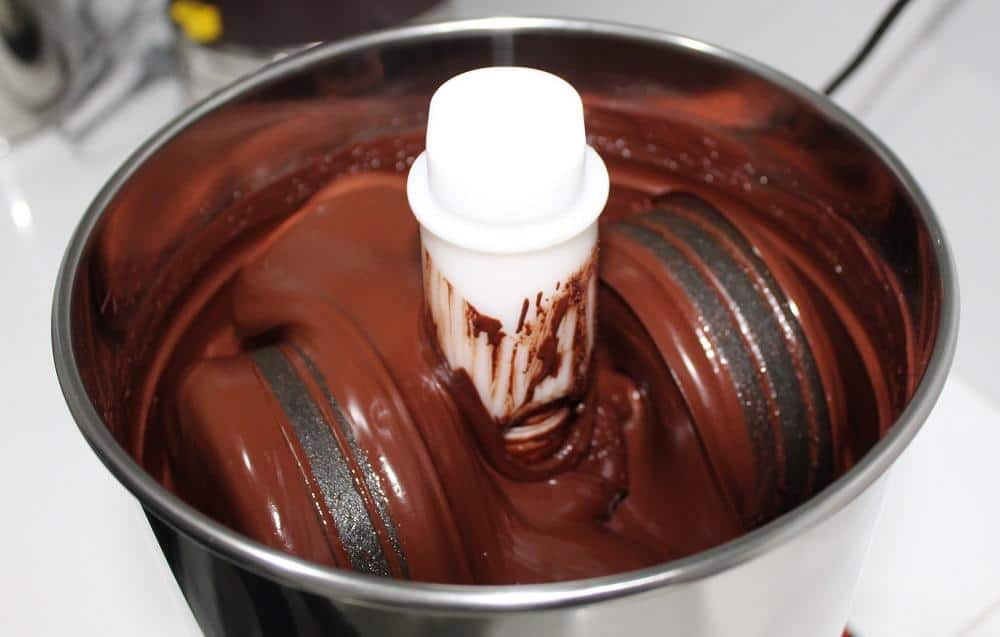
Using Soy Lecithin vs. Sunflower Lecithin
If you're taking lecithin for medical reasons, the soy-derived version is probably going to make the most senses, as it's the most common and the least expensive. As long as you don't have a soy allergy, there's really no reason not to take soy lecithin, unless your doctor has a good one.
The same advice goes for those looking to make a lecithin-based lotion or other homemade body cream. However, for those making chocolate and deciding between soy lecithin vs. sunflower lecithin, well that's largely a question of your options.
If you absolutely must use lecithin and you can choose any source you'd like, a non-GMO soy lecithin could be used in smaller amounts, therefore lowering how much is required. On the other hand, even relatively sustainably-sourced soy is still an issue for some people. So if you think your customer base would have an issue with any soy, I'd go sunflower.
A quick note for consumers— if you often buy chocolate made abroad, when reading the ingredients you may also see lecitina de girasol; in English this is just "sunflower lecithin." In turn, lecitina de soya is just "soy lecithin." Lecithins derived from other sources are basically unheard-of in chocolate making, but it may be possible to use them, depending on your recipe.
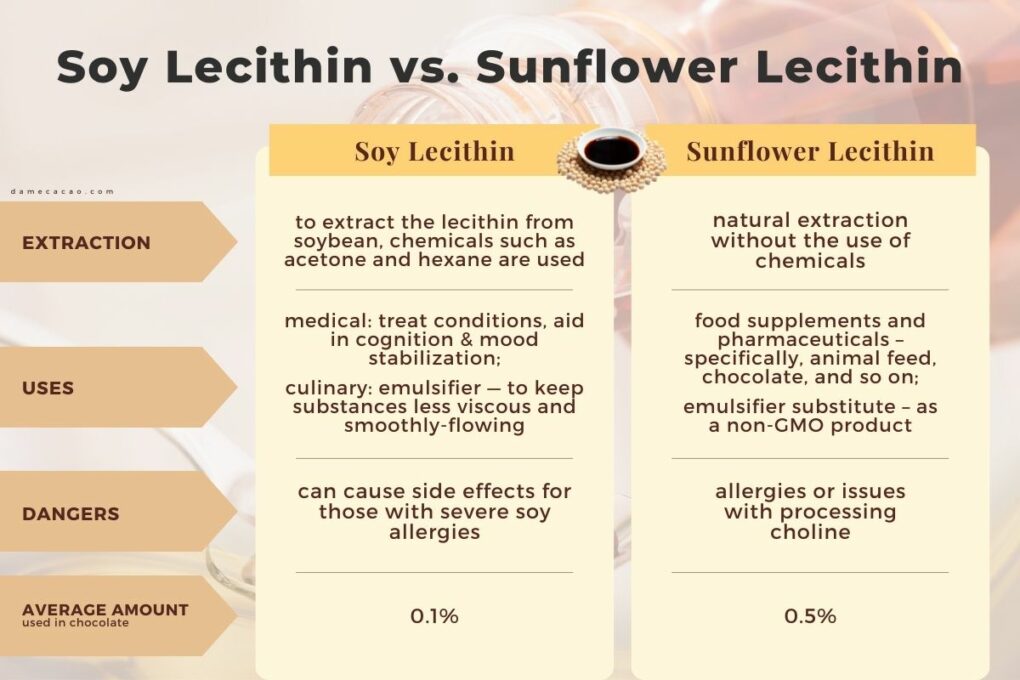
Is Sunflower Lecithin Bad for You?
From here, the question remains of whether lecithin is bad for you. There are a couple of makers I know of which use sunflower lecithin and need to get pretty close to the legal maximum (0.5% lecithin by weight) to get their chocolate to the viscosity they need.
So generally, if you see 'sunflower lecithin' on an ingredients list, it will represent a miniscule portion of your chocolate bar, though it would represent an even smaller portion if the manufacturer had used sunflower lecithin.
Studies of sunflower lecithin have shown that the benefits when taken for medical reasons far outweigh any potential side effects, but for rare cases of allergies or issues with processing choline. If your doctor has recommended that you take lecithin for health reasons, from what I've read, there's no reason not to.
As for food applications, sunflower lecithin is a perfectly healthy ingredient to have in chocolate.

Is Soy Lecithin Bad for You?
The health level of soy lecithin is a bit more murky, as so many people find themselves with soy allergies that it's been labeled one of the most common food allergies in the world. However, soybean allergens are found in the plant's proteins, which are nearly nonexistent in soy-derived lecithin.
So most people with a soy allergy would be fine to consume soy lecithin, exempting those with a very severe allergy. Personally, I'm not a fan of soy and so I stay away from it as much as I can. I've found studies both supporting and disputing the dangers of soy lecithin, in chocolate and otherwise.
Since its extraction involves so many chemicals and it's not a required ingredient in chocolate, I eat it on the rare occasions that it's in something I really love. Otherwise, I just avoid it.
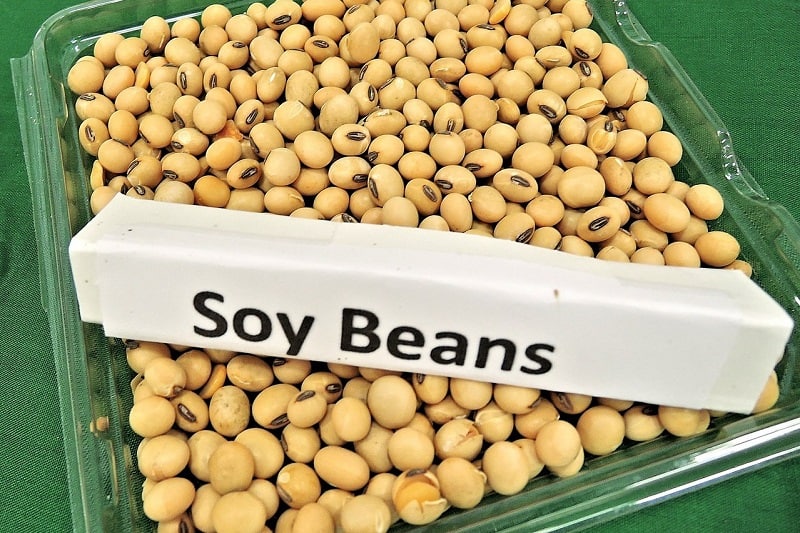
FAQ About Lecithin in Chocolate
Lecithins are used to thin out the consistency of chocolate, replacing the traditional added cocoa butter, and making it less viscous and more easy to pour into chocolate molds & melt in your mouth.
No, you don't. But some makers prefer to always add lecithin to make their chocolate easy to work with.
No more than 0.5% lecithin by weight can legally be added to chocolate in the US.
Lecithin is taken orally or topically to treat high cholesterol, cognitive disorders, and some mood issues. It's also added to lotions as an emollient and used in chocolate processing to make liquefied chocolate less viscous.
Lecithin can be bad for you if you have issues processing choline or have a severe allergy to the material from which they were sourced (soy, sunflower, etc.).

















Gillian Brookes
Thank you, very informative. 🙂
Max
My pleasure, I'm glad you found it helpful! 🙂